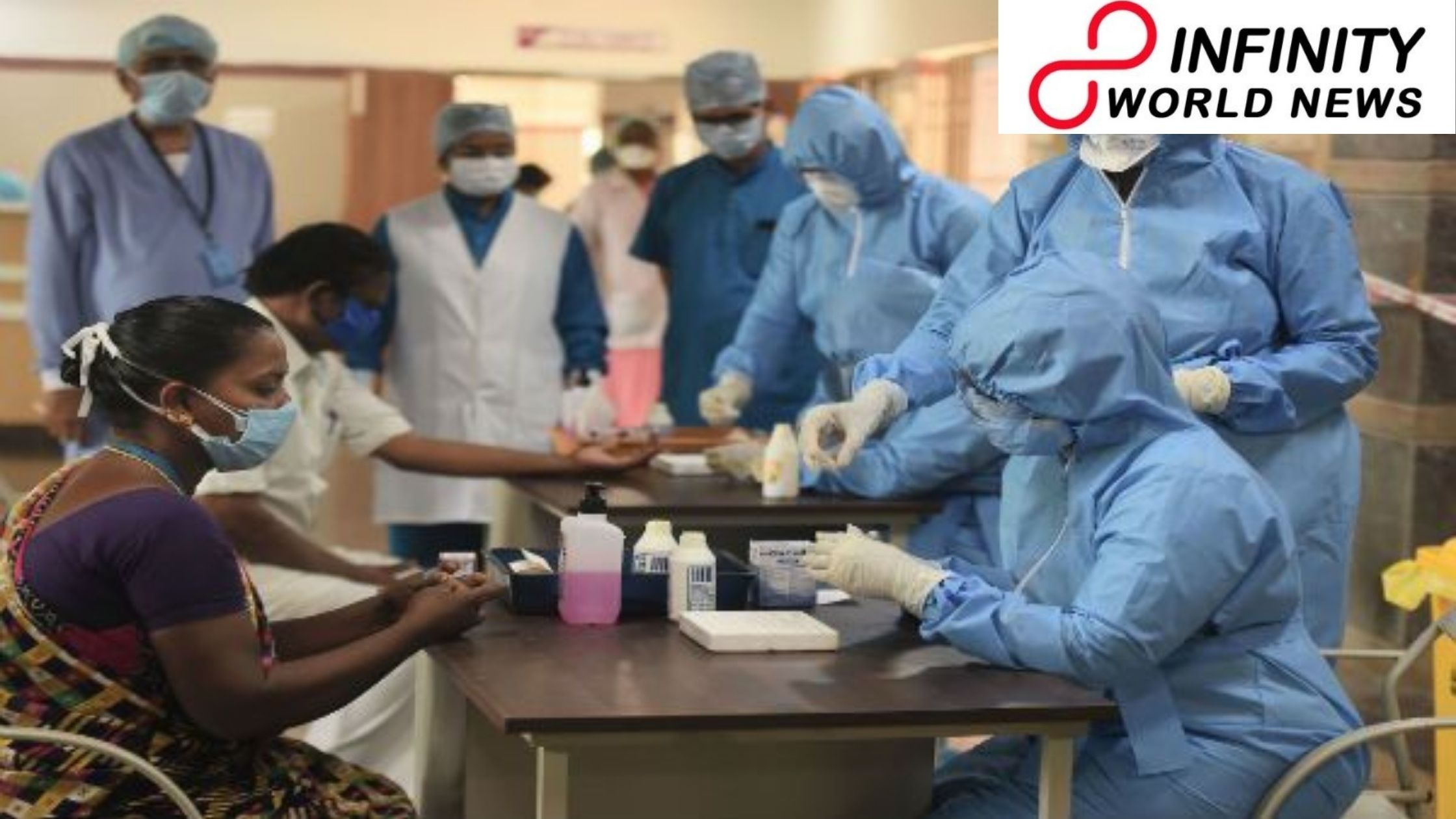
With its 1.3 billion populace, India has the world’s second-most significant number of Covid contaminations – more than 10.8 million -,. Yet, new cases and passings have fallen forcefully as of late.
This week, new daily contaminations were the most reduced in eight months, while passings fell under 100 – the littlest single-day was complete since May.
AFP takes a gander at how the South Asian monster has handled the pandemic:
What are the authority figures?
India revealed its first COVID-19 contamination on January 30, 2020, and its early demise in mid-March.
The quantity of new day by day cases crested at a little more than 97,000 contaminations in September, with passings averaging 1,000 every day that month.
Passings at that point began to decay. On Tuesday, only 94 fatalities were accounted for, out of 8,635 new contaminations.
India has one of the most minimal case-casualty proportions among the leading 20 most noticeably influenced countries on the planet.
What number of have genuinely been contaminated?
Specialists say the quantity of individuals in India who have gotten the illness is presumably a lot higher than the authority figure. They are supported by different state and public reviews estimating antibodies for the infection.
In December-January of metropolitan and country areas, an authority public study just as medical care labourers recommended that some 21.5 per cent – very nearly 280 million individuals – conveyed antibodies.
In New Delhi, one of India’s most noticeably terrible hit urban areas, serological information delivered for the current week found that the more significant part of the 28,000 individuals examined had created antibodies.
How has the pandemic been dealt with?
Specialists had cautioned that the Covid would unleash ruin in India’s thickly populated urban communities, which are tormented by helpless disinfection. There were likewise fears that the frequently underfunded medical services framework would not have the option to adapt.
The public authority tried to cinch down ahead of schedule, stopping international flights and forcing one of the world’s strictest lockdowns in March. Covers were made obligatory in numerous states.
Limitations have been slowly facilitated since June as the public authority looked to help the pandemic-crushed economy.
The populace has gotten looser. Many thousands ran to the Kumbh Mela Hindu celebration in January, generally without covers.
Also, many ranchers have been participating in packed fights in Delhi since November to battle new agribusiness laws.
Specialists in Gujarat, Uttar Pradesh and Andhra Pradesh state, just as insignificant urban areas Delhi and Mumbai – with a consolidated populace of more than 330 million – disclosed to AFP they have seen a critical decrease in cases at their emergency clinics.
In Delhi, the public authority said 90% of committed COVID-19 beds were empty.
“Prior there used to be a tremendous holding up rundown. Presently scarcely 40-50 patients are here,” said Deven Juneja, a specialist AFP met at the Max Smart Super Speciality Hospital in June.
“We are presently gradually limping back to routineness regarding offering our services in offices, which as of not long ago, were basically deadened because of the pressing factor of COVID-19 cases,” said Sudhir Singh, a representative at King George’s Medical University in Lucknow, capital of Uttar Pradesh.
‘Group insusceptibility’?
Specialists said that without decisive information, it was challenging to say why India’s figures had fallen so significantly.
There are blended perspectives on whether group insusceptibility – when a critical extent of a populace is invulnerable to an irresistible illness – might be available in quite a bit of India.
“My agreement is that there are sufficient individuals in India who have been presented to the infection. What’s more, that is potentially why the numbers are going down,” virologist Shahid Jameel told AFP.
“Yet, without genuine numbers, it’s truly difficult to say.”
The World Health Organization’s provincial chief, Poonam Khetrapal Singh, lauded the nation’s veil wearing, separating and cleanliness, saying they had demonstrated viable in diminishing transmission.
Be that as it may, she added: “India is an immense and different country and it’s difficult to credit the decrease in cases to crowd insusceptibility.”
In the interim, India has quickly turned out immunizations with the goal-oriented objective of vaccinating 300 million individuals by July.
The danger of resurgence?
An investigation distributed in The Lancet a week ago noticed that in the hard-hit city of Brazil, Manaus, there had been a resurgence of COVID-19 – regardless of a high predominance of individuals with antibodies.
A portion of the reasons offered to incorporate fading invulnerability from earlier diseases and more grounded variation.
Specialists say such improvements mean it is too early for India to celebrate.
“We can’t allow our watchmen to down,” Singh said.
“The more we let the infection communicate anyplace, the higher the danger of variations. This danger is genuine, internationally.”
The post Why India’s Covid cases have fallen so forcefully appeared first on Infinity World News :Latest News, Live News Update, Breaking News.
from Infinity World News :Latest News, Live News Update, Breaking News https://ift.tt/3aAbIM9
via IFTTT

